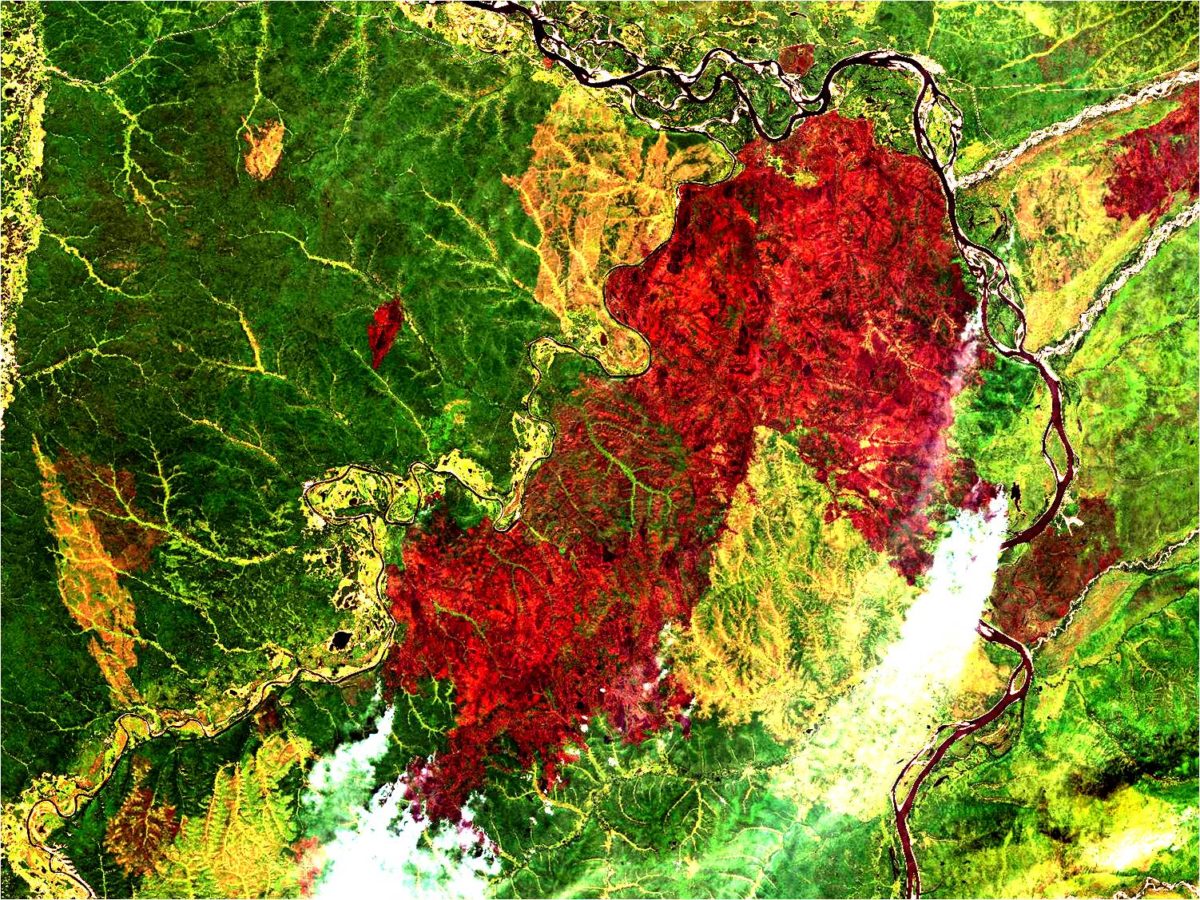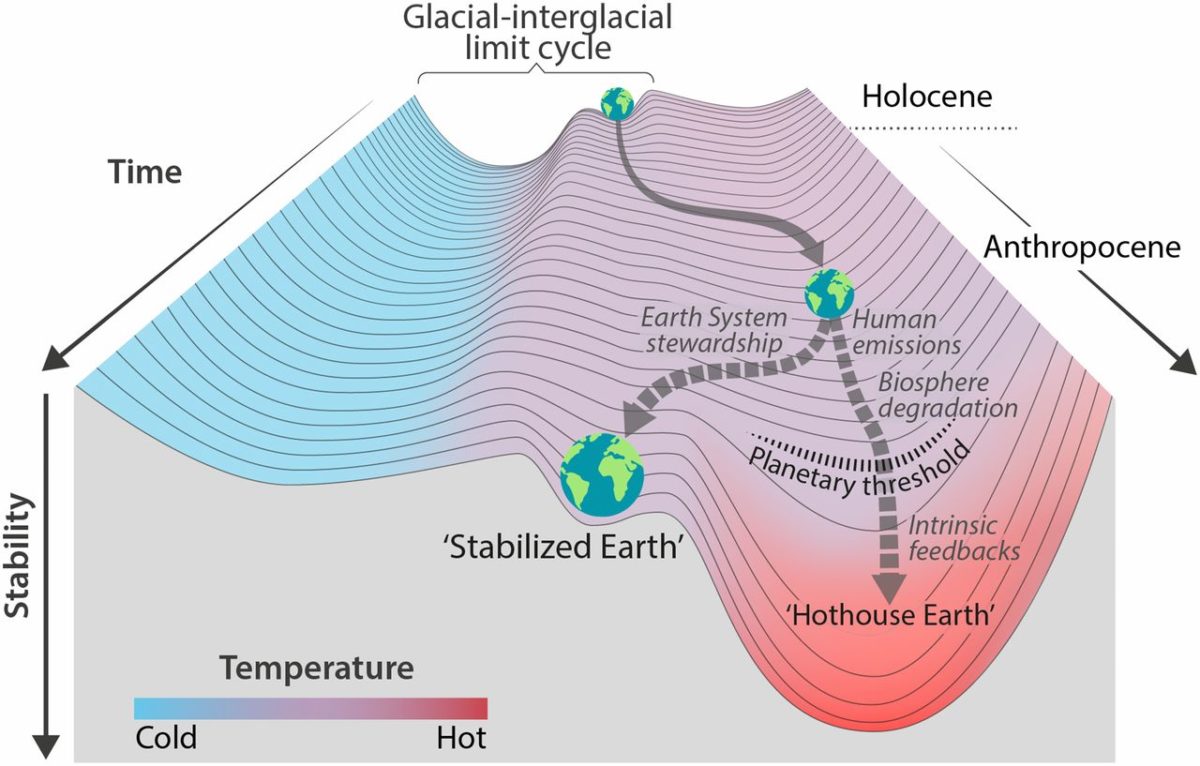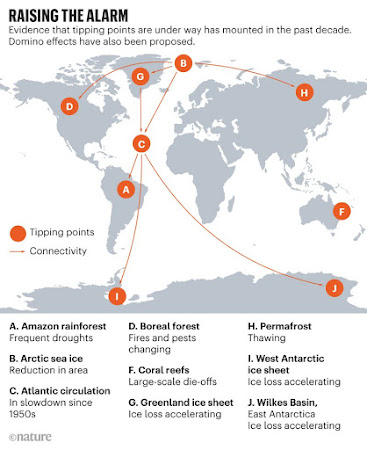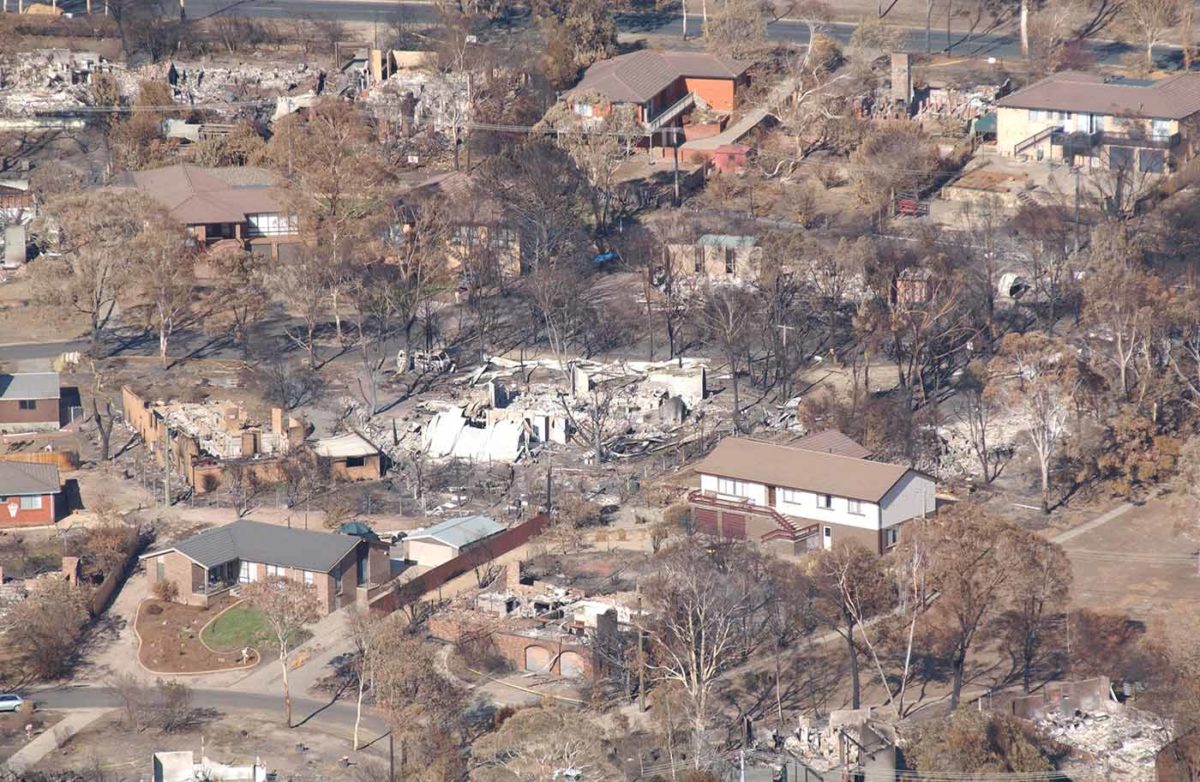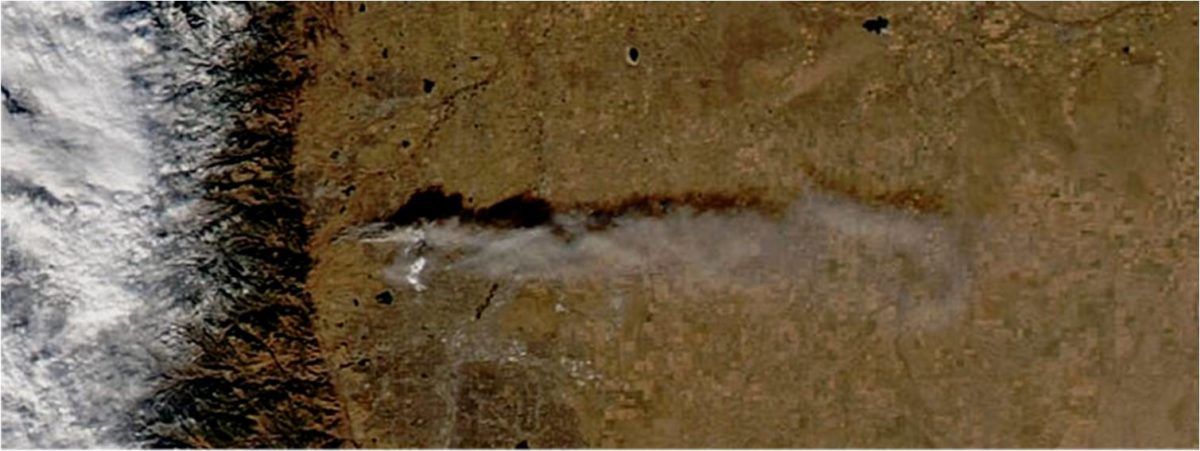Thawing permafrost is crossing several tipping points
An EOS article published today puts exclamation marks around yesterday’s post: “Thawing permafrost in the Arctic warns we are probably crossing several critical tipping points on the road to runaway warming and near-term human extinction“.
“The increasing incidence of wildfire in the Arctic is not only thawing permafrost but also changing the entire underlying structure of the region.” The net result is to greatly increase the rate of thawing and the amount of greenhouse gases being released to the global atmosphere (which is why it concerns us here in Australia!)
The bottom line is that if we humans don’t stop the continuing increase in global temperature (global warming) it will soon be impossible to do so because of the exponentially increasing positive feedbacks from temperature sensitive greenhouse gas emissions like this. This is the threshold, or point of no return, beyond which our planetary climate system is fully committed to complete its flip into the hothouse hell state. (see Steffen et al. 2018, Trajectories of the Earth System in the Anthropocene and my own 2021 research presentation, Portents for the Future – 2020 Wildfires on the Siberian Permafrost.)
by Danielle Beurteaux, 1 February 2022 in EOS
The Anaktuvuk River Fire in 2007 tore through 100,000 hectares of Alaskan tundra in almost 3 months of continuous burning. This fire not only changed the area vegetation, but it also thawed permafrost and led to the formation of thermokarst. This is a dramatic example but may serve as a bellwether incident for climate to come.
“Almost everything hinges on permafrost in the Arctic ecosystem.”
Arctic permafrost stores 33% of Earth’s organic carbon, even though it covers only 20% of the planet. It also acts as the structural foundation, physically and ecologically, for the entire pan-Arctic region. Permafrost thawing has cascading effects on the hydrological conditions of the landscape and ice and also triggers changes in vegetation and releases stored carbon. “Almost everything hinges on permafrost in the Arctic ecosystem,” said Yaping Chen, a postdoctoral research associate at the College of William and Mary’s Virginia Institute of Marine Science.
Yet there are still questions about how fires (the incidence of which is increasing in the Arctic) and climate change might increase the amount of thermokarst—the uneven land formed after permafrost melts. Thermokarst is the result of the degradation of permafrost and provides reduced carbon sequestration and fewer niche ecosystems than permafrost.
…
“Our major result is that although fire only burned about 3% of the Arctic landscape, it is responsible for more than 10% of thermokarst formation,” said Chen. “However, climate change remains the predominant regional consideration of thermokarst formation.”
Researchers also found that fires increased thermokarst formation for up to 80 years postfire, much longer, said Chen, than previously thought.
We have poor knowledge about the presence of permafrost, said Chen. We don’t know exactly where it is or how much there is of it. “These difficulties make it very hard to predict where thermokarst may start and how it will develop over time,” she said.
Read the complete article…
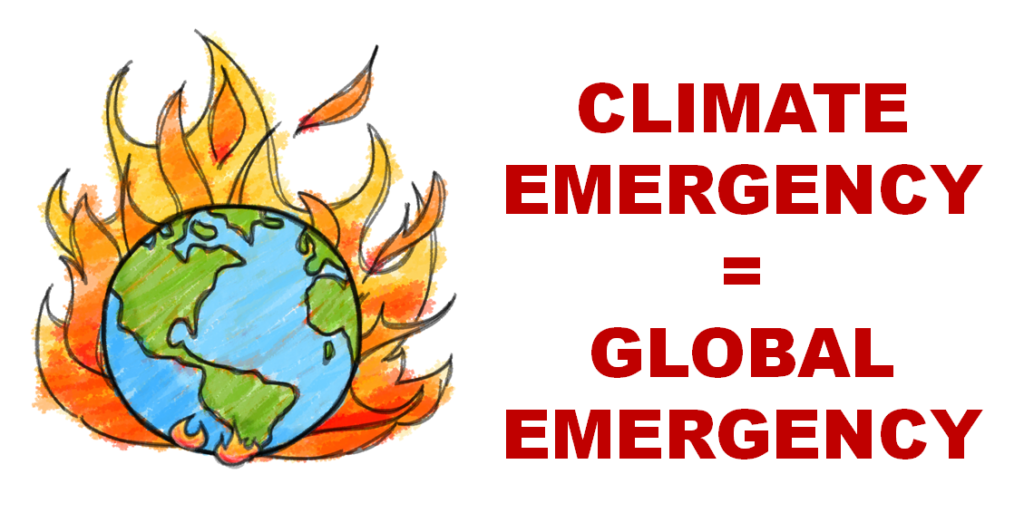
Humanity has only a few years at the most to stop and reverse global warming. If we fail to do this our children and grandchildren will have no future in the global mass extinction in Earth’s Hothouse Hell. Currently stifled and mesmerized by the humbug, lies, blocking and misdirection of the LNP COALition’s fossil fuel puppets, Australians are doing nothing effective to fight the warming fire that is burning up our only planet.
To have any hope of contributing to the solution, we must replace Capt. Humbug (a.k.a., Scotty from Marketing), his deputy dunce, Blarny Bulldust (The Man with the Hat), and their troop of wooden headed puppets occupying our Parliament with sensible people committed to acting on the climate emergency as their first order of business if elected to office. Vote Climate One’s Traffic Light Voting System is designed to help you replace the special interest puppets with good people who will help put out the fire rather than trying to con us into believing that it doesn’t exist…., or if it does, that it isn’t important….
